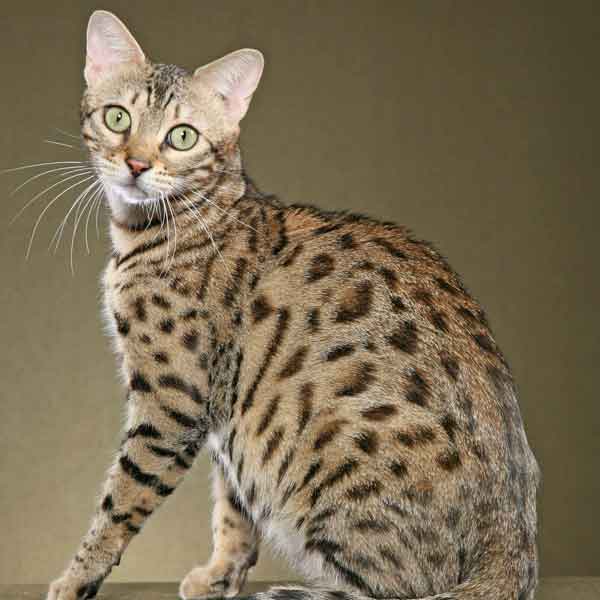 Fact 1: In Western history, black cats are said to be a symbol of evil omens, specifically being suspected of being the familiars of witches, and so most of Europe considers the black cat a symbol of bad luck, especially if one crosses paths with a person, which is believed to be an omen of misfortune and death.
Fact 1: In Western history, black cats are said to be a symbol of evil omens, specifically being suspected of being the familiars of witches, and so most of Europe considers the black cat a symbol of bad luck, especially if one crosses paths with a person, which is believed to be an omen of misfortune and death.Fact 2: Black Cat Day is on October 27, and it celebrates the virtues of black cats and to encourages people to adopt them.
Fact 3: Most Black Cats are very sweet and loving.
HAPPY HALLOWEEN EVERYONE

























